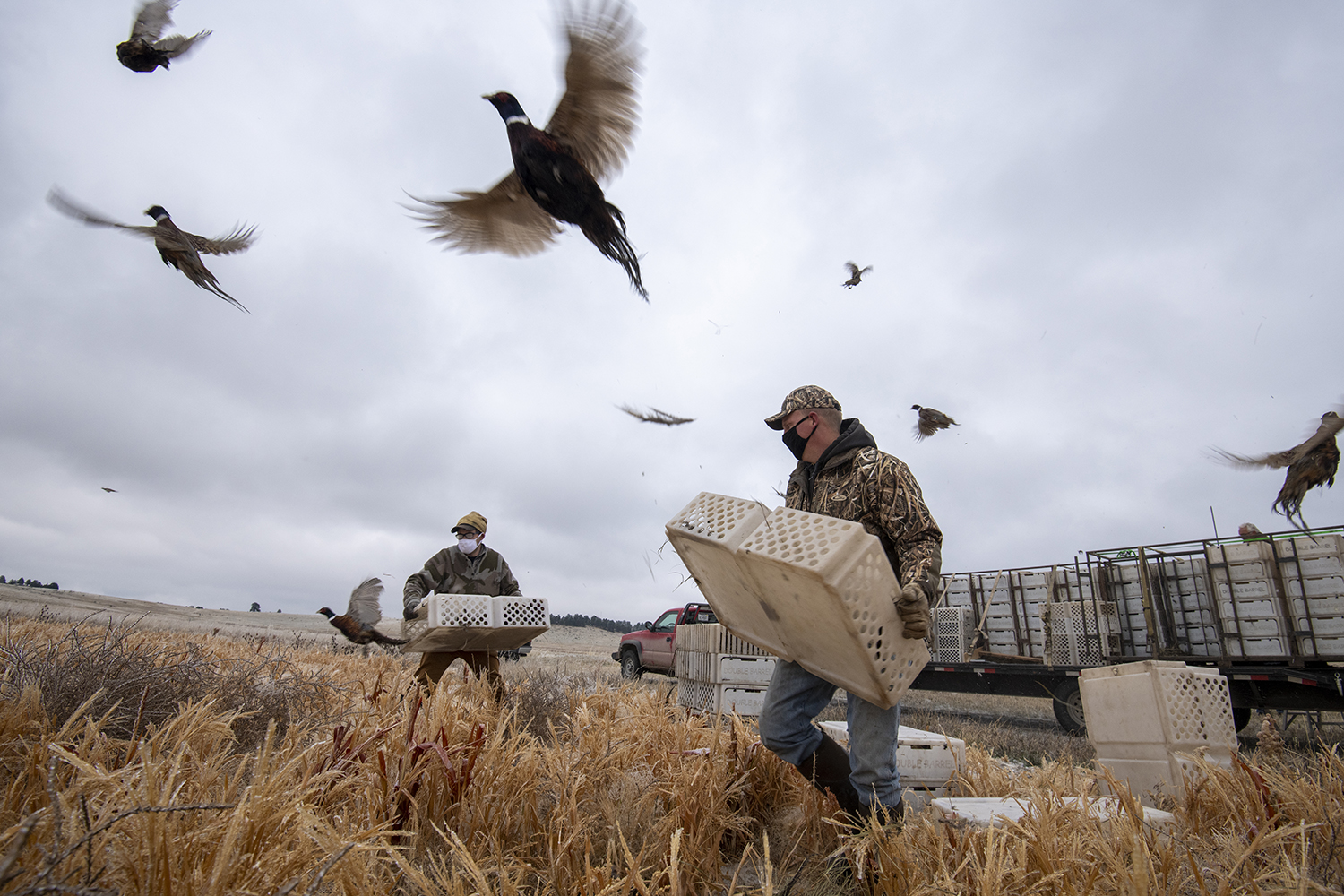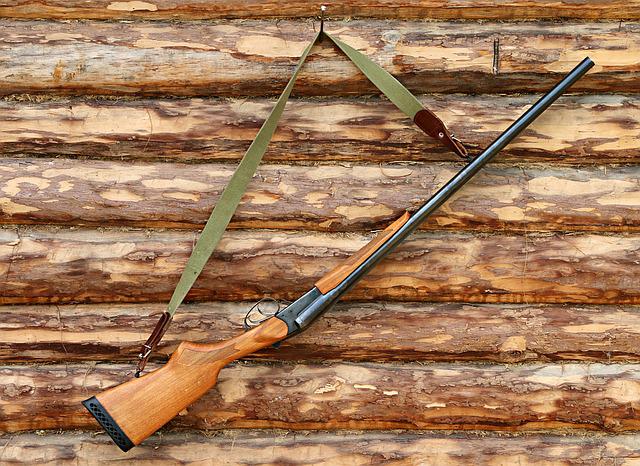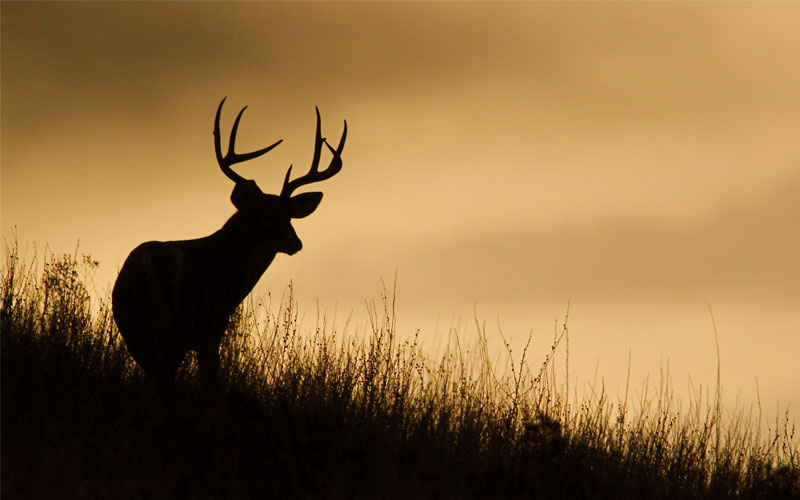
The rules for fair chase address many issues related to ethical hunting. They include the rule of the first blood, which limits a hunter’s unfair advantage over a wild animal, as well as the rules regarding first blood. The history of fairchasing is rich. These rules are an excellent guide for hunters who want to maximize their success and minimize their ethical disadvantage. These rules are essential for ethical hunting and are endorsed by the Malta Gaming Authority.
Hunting ethically
Hunting ethics can differ depending on where you are located. There is no one code of ethics that hunters can follow, but they should be aware of the different species they are hunting. This often means that hunters must be familiar with the lives of the animals, their habitats and human places. It is up to you to choose your path and be responsible for your actions. To practice ethical hunting, there are some principles that you must follow when hunting.

Limiting hunters' unfair advantage in hunting game animals
There is controversy surrounding the ethics of hunting game animals. Some believe canned hunting is unethical while others disagree. Vice President Cheney took part in a canned hunt to quail where he accidentally shot an explorer. Canning is an ethical activity, but it depends on your culture and religious beliefs. Canning may be considered ethically acceptable by one person but not by another.
Rule of first blood
The hunter who claims the animal first wins. This rule was developed to protect hunters' experience with predator-prey relations, one that is fundamentally connected between humans and the environment. For more information, please refer to the Club's Essay and Position Statement on Fair Chase. This article will focus on the importance of fair chase promotion. In addition to its philosophical basis, the Fair Chase ethos is also important to the conservation of the environment.
Legality
Both wildlife conservationists as well as hunters debate the legality and ethics of fair-chase shooting. Although fair-chase hunting isn't legally recognized, its advocates argue that it promotes sustainable hunting. Fair-chase hunting is more sustainable than any hunting, despite the fact that big game species populations have declined or halved in recent decades.
Regional preferences
While preferences in each region may differ, fair chase rules are generally established by law and personal preference. No matter where they hunt, ethical hunters keep to certain standards. They seek out game responsibly, educate themselves and avoid crude behavior. Grinnell’s Forest and Stream magazine, the Acorn series hunt books and newsletters are all published by club members. Here are some examples for acceptable behavior at fair chases.

The purpose
Fair chase is an essential concept of ethical hunting. It addresses the conduct and ethics of hunters in the field. Fair chase is an integral part in the education of all new hunters. The fair chase concept has produced a new generation of hunter-conservationists who share a deep respect for the land and a commitment to ethical harvest methods. To preserve the integrity of our hunting heritage, we must understand what constitutes a fair chase.
FAQ
What if I don't have a hunting license?
Yes, you can hunt with no license. However, this means you are breaking the law.
You could be subject to fines or even imprisonment.
Some states allow residents without a license to hunt. You can hunt in some states without a permit if you check with your state department for natural resources.
Which state has the largest number of deer-hunters?
Wyoming is home to the largest number of deer hunters in the country. It also sells the most hunting licenses annually.
The state with the second-most deer hunters is South Dakota. It is third for the total number of hunting licensaries sold each year.
New Hampshire is home to the most deer hunters. It ranks last for the number of hunting permits per capita.
What kinds of guns are allowed to be used?
Hunting can be done with a variety of different weapons.
Hunters use shotguns, rifles, handguns, as well as muzzle-loading firearms.
Rifles can fire bullets at long distances. Shotguns can be loaded with pellets. Handguns can fire bullets through the hands. Muzzle-loading firearms can be used in the same way as modern pistols.
Crossbows can shoot arrows. Archery weapons are also known as bowhunters.
Crossbow hunting requires special training. First, learn how you can aim and shoot the weapon.
What is America's popularity of hunting?
Hunting is a American pastime. Americans spend $8 billion annually on hunting equipment and supplies. The average hunter spends about $1,000 annually.
Hunting is also a sport for many people who do not hunt as a hobby but rather as a way to relax. The United States is home to nearly 50 million hunters. This includes both women and men.
Hunters come to us from all walks. They range from young children to older adults. Some hunters have been doing this for years, while others only recently started.
People choose hunting because they like spending time outdoors. Many hunters believe that hunting is a wonderful way to connect to nature and experience freedom.
Hunting can also be very social. Hunting is often done in a group. These groups could include friends, family, or co-workers.
Hunting has become a competitive sport. Hunting is now a competitive sport. People can compete against one another and with other hunters to see how they can shoot different types.
Hunting teams compete to set the record for largest deer kill. These records are usually set up by professional hunters.
Statistics
- According to the Wildlife Restoration Act, passed in 1937, most of the state conservation efforts are funded through hunting and fishing license sales and firearms sales. (stacker.com)
- Licenses dropped from a peak of roughly 17 million in the 1980s to 15 million in 2019, according to The Seattle Times. (stacker.com)
- - Percent of residents with paid hunting licenses: 0.7%- (stacker.com)
- Over the past 50 years, the number of hunting licenses in California has been on a rapid decline, falling 70% from more than 760,000 in the 1970s to under 268,000 in 2020—even as the state's population has skyrocketed, according to The Mercury News. (stacker.com)
External Links
How To
How to pick the Best Deer Rifle
Your hunting style, budget and weather conditions all play a role in choosing the right firearm. The type of game you plan to hunt is the most important. A scope is a must if your goal is to hunt whitetail bucks. A bolt action rifle is an option if you don't need a gun case. Semi-automatic rifles are also available. There are many choices when it comes to rifles. Many people prefer the feel and control of a lever-action rifle, while others prefer a more modern pump-action model. You choose the model that you like best. There are some things you should consider before purchasing a particular model.
First thing first, you must know what kind of game you want to hunt. Do you want to hunt small game such as squirrels or large animals such as deer? You might choose to purchase a different type weapon depending on the size and preferences of the animal you want to hunt. For example, if hunting deer is your goal, then you should consider a.308-caliber rifle. This will allow you to hunt larger animals than those who hunt with a.223 caliber rifle. The price of the rifle is another thing to remember when buying a rifle. A good rifle will be cheaper than a low-quality one. Make sure the rifle you buy is compatible with the ammunition that you plan to use. You should also ensure that your barrel is long enough for you to hit the target from a distance.
You should also consider the terrain you plan to hunt. Are you going to hunt in open fields or dense forests? You should choose a long-range rifle if hunting is in open areas. You should choose a short-range rifle if your hunting is close to trees. Make sure that you have adequate knowledge regarding the type of terrain you intend to hunt.
Last, but not least: Before purchasing a rifle, make sure you inspect its condition. Check that the rifle has been well maintained. You should check that the trigger functions properly. Inspect the trigger for signs or corrosion. Check the rifle's stock and finish. The rifle should be fired to verify its accuracy. These are all steps that will help you decide if the rifle suits you.